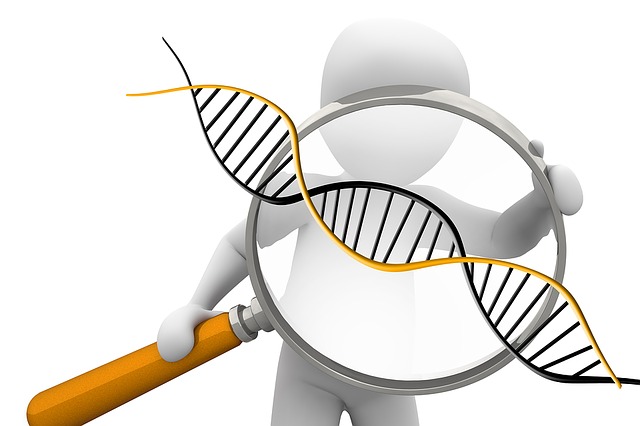You Can’t Hide Your Genes
By Natalie Ram,
Slate
| 05. 04. 2018
Consumer genetic databases aren’t the only side door for police to get your DNA.
The arrest of Joseph James DeAngelo as the suspected Golden State Killer has both thrilled and worried watchers. Bringing the Golden State Killer to justice is a victory for law enforcement and public safety. But with his identification through a publicly accessible genealogical DNA database, there are serious questions about who now is subject to genetic surveillance by the government, and not just by the online commercial services that sequence or store DNA data for genealogical research. These questions are all the more urgent as law enforcement investigators rush to implement similar tactics in other cases, like the search for the Zodiac Killer. As it turns out, millions more of us have our genetic information stored in a variety of genetic collections—including ones we may not even know about.
Lots of large collections of DNA-based information have been created for good reasons that have nothing to do with law enforcement. Cancer patients whose treatments depend on which specific genetic variations they possess and individuals seeking preconception genetic testing each have genetic data in their medical records. The advent...
Related Articles
By Josie Ensor, The Times | 12.09.2025
A fertility start-up that promises to screen embryos to give would-be parents their “best baby” has come under fire for a “misuse of science”.
Nucleus Genomics describes its mission as “IVF for genetic optimisation”, offering advanced embryo testing that allows...
By Hannah Devlin, The Guardian | 12.06.2025
Couples undergoing IVF in the UK are exploiting an apparent legal loophole to rank their embryos based on genetic predictions of IQ, height and health, the Guardian has learned.
The controversial screening technique, which scores embryos based on their DNA...
By Frankie Fattorini, Pharmaceutical Technology | 12.02.2025
Próspera, a charter city on Roatán island in Honduras, hosts two biotechs working to combat ageing through gene therapy, as the organisation behind the city advertises its “flexible” regulatory jurisdiction to attract more developers.
In 2021, Minicircle set up a...
By Vardit Ravitsky, The Hastings Center | 12.04.2025
Embryo testing is advancing fast—but how far is too far? How and where do we draw the line between preventing disease and selecting for “desirable” traits? What are the ethical implications for parents, children, clinicians, and society at large? These...




